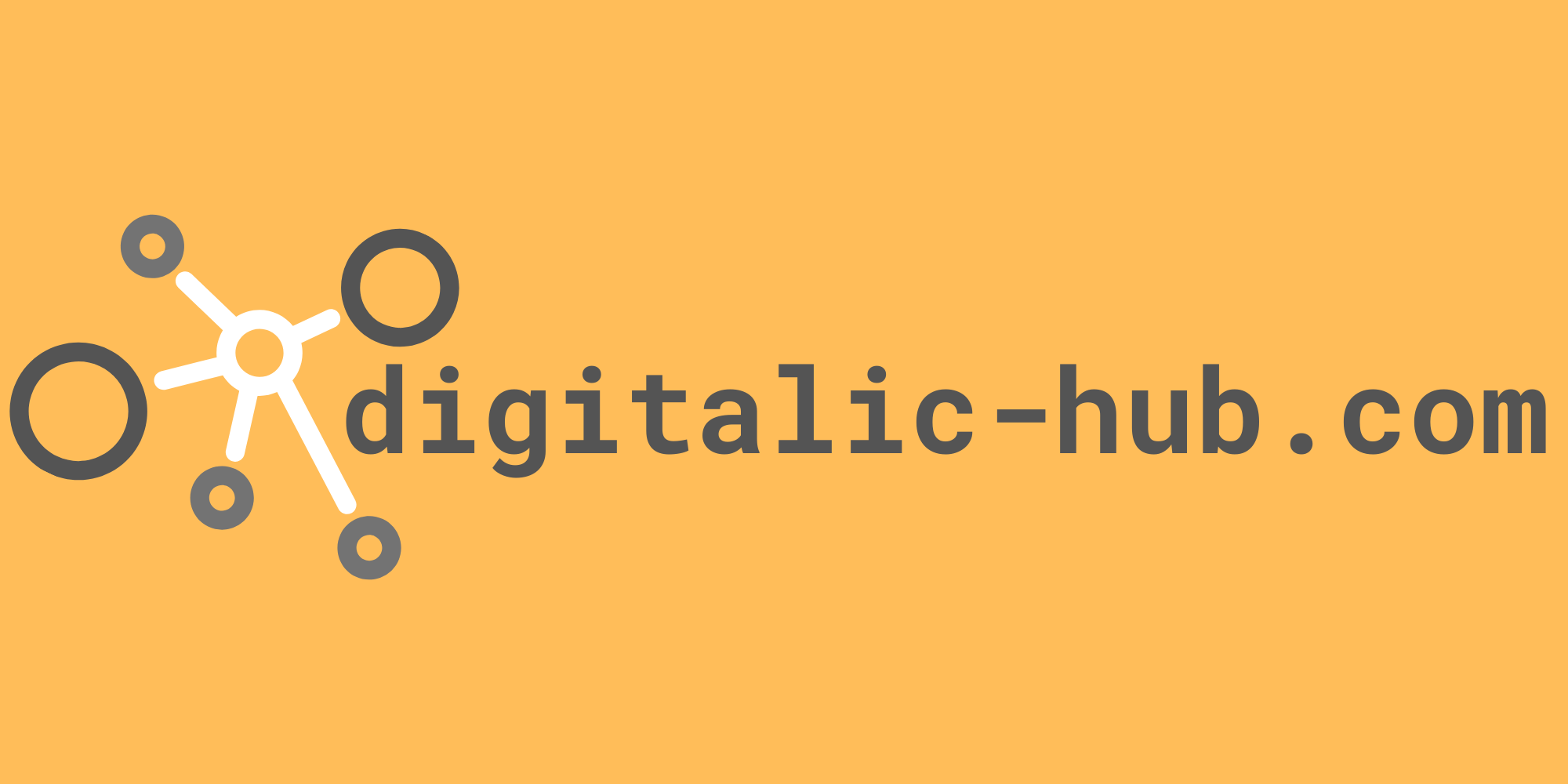Huawei is one of the world’s largest technology companies by revenue. It is a Chinese multinational telecommunications networks, equipment and services company. Their products and services are available in over 170 countries. Huawei was founded in 1987 by Ren Zhengfei, a former engineer in the People’s Liberation Army of China. Their mission is to build a better connected world. In this article, we will learn about Huawei’s history, products, values and potential future.
Huawei was founded in 1987 by Ren Zhengfei as a local phone repair shop. Huawei has expanded its operations to more than 141 countries and regions around the world. It employs over 170,000 people worldwide. In 2013, it ranked first on the Fortune Global 500 list as the fastest growing company. In 2017, they took pride in being the most valuable brand in the world and number one among smartphone suppliers.
In 1997, Huawei entered the international ICT market. He has had early success in countries such as the United Kingdom, Australia and Austria. In 2000, Huawei entered other markets such as Brazil and India. By 2013, the company had customers in over 140 countries around the world. In 2009, Huawei invested in more than 20 countries. In 2010, it entered emerging markets such as Russia and Turkey. In 2012, Huawei expanded its operations to the United States with the opening of a Massachusetts R&D center.
In 2014, Huawei was ranked third in the list of the 100 Best Global Interbrand Brands. The company was awarded among the Best Global Brands of 2014. Huawei was the first Chinese brand to enter this list. The company is constantly improving its branding and activities in the field of corporate social responsibility. It builds a better connected world using information and communication technologies through devices, ICT infrastructure, wearables, cloud services, customer service platforms, and more.
The most popular Huawei brand products
- Huawei has a wide range of products including telecommunications networks, equipment, and services. Some of their most popular products are:
- Huawei Mate 10 Pro: Mate 10 Pro is a powerful smartphone that has a 6-inch OLED FullView display, dual rear Leica cameras and an octa-core Kirin 970 processor. It runs on EMUI 8.0 based on Android 8.0 Oreo.
- Huawei P20 Pro: P20 Pro is another powerful smartphone that has a 6.1-inch OLED FullView display, triple rear Leica cameras and a Kirin 970 processor. It runs on EMUI 8.1 based on Android 8.1 Oreo.
- Huawei Honor 10: Honor 10 is a powerful smartphone that has a 5.84-inch Full HD + display with an aspect ratio of 18: 9, a Huawei Kirin 970 processor and a dual rear camera 16MP + 24MP with AI scene recognition. It runs on EMUI 8.1 based on Android 8.1 Oreo.
- Huawei MateBook X Pro: MateBook X Pro is a powerful and versatile laptop equipped with a 13.9-inch 3K LTPS display, Microsoft Signature Type Cover and Precision Touchpad, Huawei PHA III processor and Microsoft Windows 10 operating system.
- Huawei MediaPad M5: The MediaPad M5 is an affordable tablet that comes with a 10.8-inch WQXGA display, a Kirin 960 processor, and dual speakers with Harman Kardon tuning. It works on the Android 8 (Oreo) operating system with the EMUI 8 (Android Nougat) overlay.
Company values
Huawei is guided by seven core values: Enthusiasm, Respect, Innovation, Collaboration, Honesty, Science and Excellence.
These values are respected by employees, customers, communities, shareholders, suppliers, etc. to fulfill our mission of building a more connected world. This includes community service projects such as blood donation and local events that aim to promote social responsibility.
Huawei’s mission and vision
Huawei’s mission is “Intelligent Grid Reinforcement”. The company’s goal is to develop technologies that will enable network infrastructure, including routers, switches, base stations, mobile broadband solutions, etc., to support intelligent operations.
Huawei has three main strategies: cloud computing, IoT (Internet ofThings), and digital transformation.
The cloud strategy includes IaaS (Infrastructure as a Service), PaaS (Platform as a Service) and SaaS (Software as a Service). The IoT strategy is to connect things, people, processes, and data to networks so that they can be connected to the world for better benefits. For Huawei, digital transformation is the ability to provide customers with integrated digital solutions that include automation, intelligent data analysis, visual analytics, cloud computing, etc.

